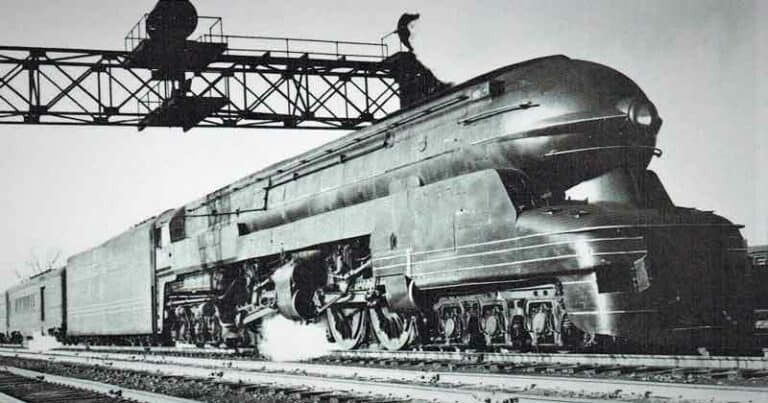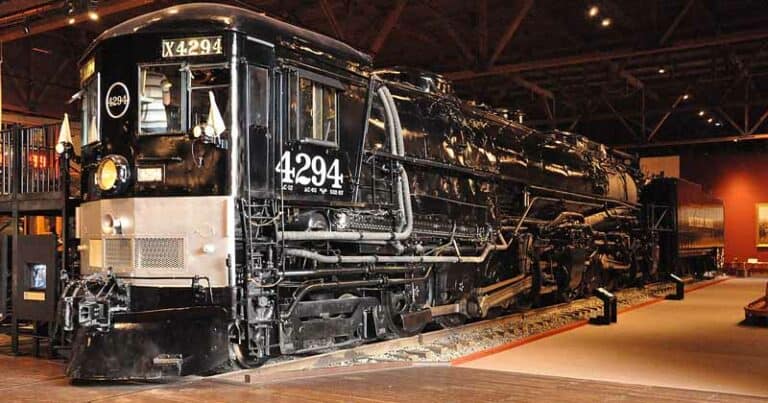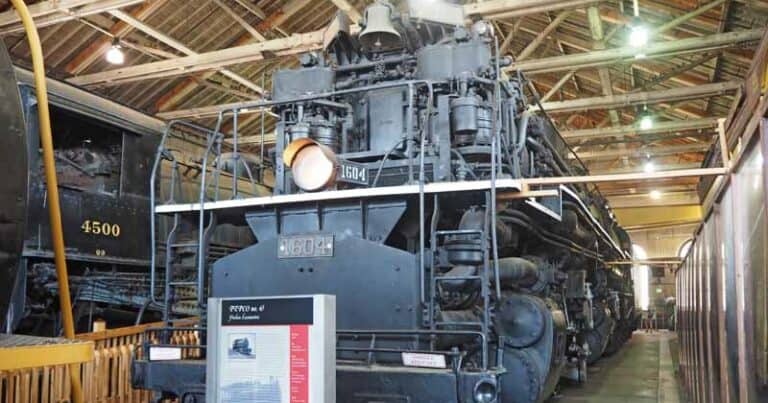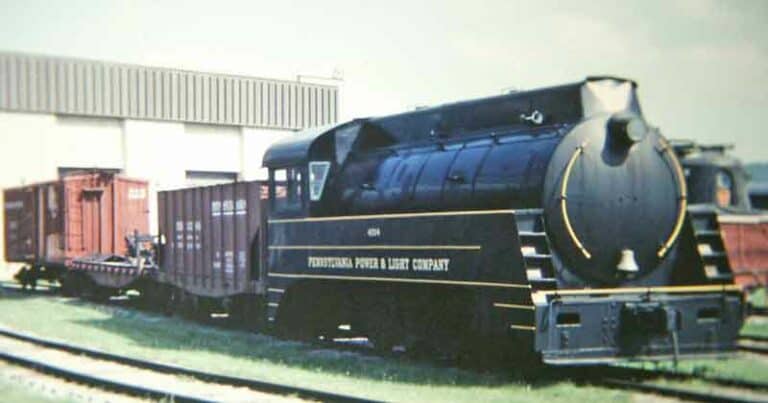Santa Fe 1158: A “Bendable” Boiler Experiment
Railroad companies were notorious for experimenting with technology as the steam age pushed competition and growth. But did you know that the Atchison, Topeka & Santa Fe Railway, commonly shortened to Santa Fe or ATSF, went so far as to experiment with ‘bendable’ boilers? If you said no, don’t worry. The experiment was a very short lived one. While the locomotives end up scrapped, the memory of the Santa Fe 1158 class of steam locomotives lives on as a creative attempt to improve operations.

Santa Fe builds a Jointed-Boiler Locomotive
After the first Mallet steam locomotive was introduced in 1904, it didn’t take long for them to start popping up throughout the United States as railroad operators quickly embraced the capabilities of articulated steam locomotives. Given the benefits offered by an articulated locomotive’s flexibility thanks to its separate trucks, the ATSF began searching for other options that might improve the articulated locomotive or utilize articulation in other manners.
In early 1910, ATSF crew at their Topeka shops manufactured Santa Fe 1157, a 2-6-6-2 articulated locomotive from two 2-6-2 steam locomotives owned by the company, ATSF #’s 1051 and 1125. In designing the locomotive, the decision was made to incorporate a jointed boiler. Though the locomotive the first of these articulated locomotives to be built, the class is named after Santa Fe 1158, which would hit the rail’s shortly.

What is a Jointed Boiler Locomotive? What were its Benefits?
Many refer to a jointed boiler as a bendable because the boiler case included a flexible coupler in the middle that allowed the boiler to “bend” when the locomotive took a curve. Up until this point, Mallet locomotives were designed with a boiler attached to the rear truck and supported by sliding bearings– essentially leaving the front of the boiler hanging over the front of the rear truck when the locomotive took curves.
There were two different designs used for the new locomotive: one that utilized a double ball joint while the other used a bellows joint (imagine a very thin metal accordion). Both designs allowed for the boiler to be rigidly mounted to both trucks on a locomotive because the coupler allowed the boiler to adjust while taking curves.
So what was so great about the jointed boiler? From a physics standpoint, the new design would allow for the weight of the boiler to be better distributed as it was attached to both trucks. The expectation was also that the locomotive would provide less wear on tracks and provide a smoother riding experience.
Baldwin’s Examples Become the Santa Fe 1158 Class
While Santa Fe was working on their 2-6-6-2, Baldwin Locomotive Works was also building two locomotives with jointed boilers for the ATSF- Santa Fe 1158, which featured the double ball joint design, and Santa Fe 1159, which had the bellows joint. The locomotives were combined as the Santa Fe 1158 class.
While the two locomotives were put into service when received by the ATSF, there was not enough information known at the time for the railroad to justify placing a larger order. Instead of producing more locomotives in the 1158 class, the railroad elected to have a small number, four to be exact, of their 3300 class built with the jointed boilers.

Were These Locomotives Successful?
Santa Fe 1158 and 1159 had respectable careers for the railway, both were scrapped by 1930. The examples of the 3300 class did not survive long either. Ultimately the railroad realized that the design did not come close to producing the benefits that the company hoped to see, especially given the costs of building and maintaining the locomotives.
While some look at the 1158 class in the same light as other experimental locomotives such as Pennsylvania Railroad #6100, others had no problem treating the design as a failure. In fact, author E.D. Worley bluntly stated: “One can only stand in open-mouthed admiration of the vast dissipation of mechanical talent implicit in the accordion-style pleats …Pure conjecture is quite insufficient to visualize the thousands of lost machinist and boilermaker hours that were doubtlessly wasted to keep these mechanical abortions on the road.” Our guess is that he wasn’t a fan.
Ultimately, the fact that the design was limited to the Santa Fe, and a total of 7 locomotives at that, is the best indication that the locomotive wasn’t effective. However, it is a unique part of steam history worth remembering for the creativity shown.






